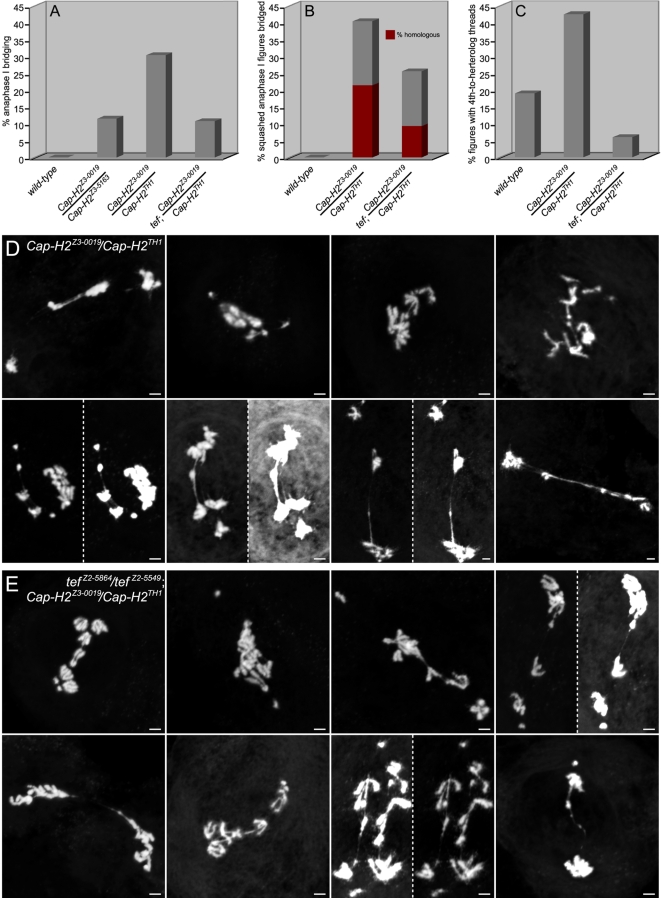Figure 7. Teflon mutations rescue the homologous and heterologous chromosomal associations of Cap-H2 mutants.
(A) Chromatin bridges were not observed in wild-type anaphase I figures (n = 90), yet occur in Cap-H2 mutants in a manner directly related to allelic strength. Bridges occurred 11.5% of anaphase I figures from fertile Cap-H2Z3-0019/Cap-H2Z3-5163 males (n = 78) and in 30.4% of those from sterile Cap-H2Z3-0019/Cap-H2TH1 males (n = 102). Mutations in eflon suppress the anaphase I bridging of sterile Cap-H2 mutant males to 10.8% (n = 74, p<1×10−6, X2 test). (B) Chromatin bridges were not observed in squashed anaphase I figures from wild-type preparations (n = 14), yet occurred in 40.5% of anaphase I figures from Cap-H2Z3-0019/Cap-H2TH1 males (n = 42). Bridges where the chromosomal nature could not be determined constitute 19% of the anaphase I figures (as indicated by the gray portion of the bar graph). The remaining 21.4% appeared to be bridging that existed between homologous chromosomes (burgundy portion). Mutations in eflon suppressed overall anaphase I bridging in squashed preparations to 25.6% (n = 43, p<0.05, X2 test) and homologous chromosome bridging to 9.3% (p<0.1, X2 test). (C) Cap-H2Z3-0019/Cap-H2TH1 males have an elevated amount of meiosis I 4th-to-heterolog threads relative to wild-type and these are suppressible by teflon mutations. In prometaphase I to telophase I, 4th-to-heterolog threads occur in 19% of wild-type (n = 21), 42.5% in Cap-H2Z3-0019/Cap-H2TH1 (n = 40), and 6% in tefZ2-5549/tefZ2-5864; Cap-H2Z3-0019/Cap-H2TH1 (n = 50) squashed figures. The ability of teflon mutations to rescue Cap-H2 mutant 4th-to-heterolog threads was significant (p<0.00001, X2 test). (D) Bridged Cap-H2Z3-0019/Cap-H2TH1 anaphase I squashed figures. See also Figures 4 and 5. (A) Bridged tefZ2-5864/tefZ2-5549; Cap-H2Z3-0019/Cap-H2TH1 squashed anaphase I figures.

